At Kizik, the love for sneakers runs deep. That's why we're here to help you keep them looking and feeling fresh long after your first step out the door. Drying sneakers might seem straightforward, but doing it wrong can lead to a host of problems.
Whether you're sporting canvas shoes, athletic shoes, or the world’s best hands-free slip-on shoes, we'll teach you how to dry your shoes correctly.
Is the dryer an option for sneakers?
Is throwing your damp sneakers into the same dryer you dry your clothes with okay? The correct answer is it depends on what your shoes are made of.
For everyday canvas shoes or durable athletic shoes, a dryer isn't off-limits, but there are a few tricks to keep them looking new when doing so:
- Always check the care tag first. If it shows a square with a circle (that's dryer talk for "go ahead"), you’re good to go. But keep an eye out for any special notes, like using low heat.
- Pop them in a mesh laundry bag or even an old pillowcase. This prevents your sneakers from turning the inside of your dryer into a drum solo.
- Choose the right dryer setting. Go for the lowest heat setting or an air fluff cycle. High heat might be great for your towels, but it’s a no-go for your shoes. High heat can alter the adhesives and distort the shape.
If your shoes are suede or leather, avoid using the dryer. These materials are more delicate and should air dry in a well-ventilated area away from direct sunlight to prevent fading and cracking. Before you dry your shoes, like many DIY projects, be sure to have the right tools and take time to do it properly.
What’s the best way to dry your sneakers?
Let's dig into the right techniques to correctly dry your beloved pair of sneakers. With these tips, you’ll avoid common pitfalls while keeping your sneakers in tip-top shape.
1. Be aware of the dangers of improper drying
Drying your shoes improperly can create a host of issues. We’ll teach you some best practices.
The worst-case scenario is that your shoes either dry wrong or grow mold. Dry rot happens when your shoes dry in a way that damages the material. This is especially an issue for leather shoes.
The reason water is so damaging to leather is simple. Leather gets its sleekness, shine, and durability from natural oils, similar to those on our skin. Water can remove these oils from leather, and since leather doesn't have a natural way to replenish them, it eventually cracks.
If shoes are placed somewhere they can’t dry at all, mold can form. This is especially disastrous for your footwear.
Follow these tips to avoid these outcomes.
2. For an overnight DIY, use newspapers
Switching to a classic approach, using newspapers is a traditional way to dry wet shoes. Newspapers are highly absorbent and have more structure than other types of paper.
Since they’re highly absorbent and have more structure, they’re a great way to drain water from all types of shoes.
There are two essential elements to drying your shoes with newspaper. The first is balling it up inside your shoes. This helps your shoe retain its shape while drying the interior.
For the exterior, take newspaper and gently roll/fold it over the shoe. For an extra tight fit, use bandaids to help the newspaper keep its shape.
Each of the newspapers should be replaced periodically if your shoes are extremely wet. This can be done once or twice an hour. Be aware that the inner ball of paper will likely get wetter than the exterior paper.
3. Unlace your shoes
It might not be obvious, but unlacing your shoes goes a long way in helping protect them. We’ll admit it’s not the most time-friendly tip, but well worth it.
Unlacing your shoes helps them retain their natural shape. It also allows the tongue to open up, giving you easier access to insert newspaper. It also helps exterior newspapers cover a larger surface area.
Not all shows have laces or require tying. For example, you can just slip on any pair of hands-free Kiziks. This totally hands-free approach to putting on shoes makes them accessible to everyone while also being plenty comfortable.
If you want a really deep clean, you can even remove your laces entirely. Use this time to wash them separately.
4. Consider rice
The rice hack is popular for phones and electronics. While success is often mixed in those cases, rice is a sure way to dry out your shoes.
The rice method is simple. Place your wet or damp shoes in a box of dry, uncooked rice. Rice is hygroscopic, meaning it naturally absorbs moisture from its immediate surroundings. Place your shoes overnight, and the rice will drain out the moisture.
Technically, this also works with oats, couscous, and other porous grains. However, rice works best.
5. Keep your shoes someplace dry and ventilated
Your shoes aren’t going to dry off if they aren’t someplace that’s already dry.
When your shoes dry, water is evaporating into the air. This turns into a vapor, which disperses.
If the air is already damp, there’s nowhere for the moisture in your clothing to dry. The second important part of this tip is ventilation.
Keeping your shoes in well-ventilated spaces is sure to help improve the drying process. When there’s quality air flow, more moisture can be readily absorbed. Keeping your shoes near an open window or screen can provide maximum ventilation.
6. Clean dirt and mud off before they dry
Some people choose to let dirt and mud dry on their shoes. The logic is that drying makes it easier to pry off the big chunks attached to your footwear. However, letting these set in can also cause stains to become permanent.
If your shoes get exceptionally muddy, lay an old rag or towel down. From there, take a brush and remove all the major pieces of mud. Depending on what your shoe is made of, you may want to use some additional water mixed with soap or detergent.
Precipitation rates are growing higher, meaning that footwear may be exposed to more adverse elements in the future. Keeping them clean of dirt, mud, and salt can help extend their lifespan and good looks.
7. In this case, the sun is not your friend
Sunlight can help you dry shoes faster. It provides heat and likely reaches well-ventilated areas. However, be careful. This can also bleach the color of your footwear and damage its material, meaning it’s not worth it.
On the flip side, keeping your footwear in a dark room is a recipe for mold, though. For best results, store your shoes somewhere bright that is outside of direct sunlight.
8. A shoe dryer can give you the best of all worlds
Shoe dryers are highly effective and give you the best of both worlds. These are upright-standing posts you can hang your shoes on. Just turn it on and watch them dry.
Shoe dryers work like this: vents circulate air from the environment into the shoe. The wattage of the dryer lightly heats it, creating immediate warmth.
There are only two downsides of using a shoe dryer as opposed to other methods. First, it requires real space as well as an electrical outlet. This limits where you can place it in your home.
The other is that a shoe dryer doesn’t solve issues with dirt, mud, or other seasonal buildups. It can dry these in a way that makes them set. Regardless, a shoe dryer can be a useful tool for damp shoes.
9. Let the shoes dry completely before wearing them again
Wet footwear can have more issues than just comfort and durability. Going out with wet shoes can have some serious health implications.
Wet shoes and moist feet are a dangerous recipe for athlete’s foot. While not immediately problematic, this condition usually requires treatment.
Make sure your shoes dry completely by using any of the already-discussed methods. That way, your shoes can remain comfy, and you can stay healthy.
10. Wear better shoes
One final way to make drying shoes easier is to wear shoes that dry easily. Kizik hands-free shoes do this in a few ways. Removable soles make drying with the above methods a breeze. The subtle integration of laces allows you to easily remove dirt from the shoe. All these qualities make for better, drier, everyday footwear.
How do you know when it's time to replace your sneakers?
You've washed and dried your shoes with the utmost care, but sometimes, even the best maintenance isn't enough to keep them going forever. How do you know when it's time to retire your current pair and slip into something new?
Let's dive into the tell-tale signs that your sneakers are ready for replacement.
- Excessive wear and tear: Keep an eye on the overall condition of your shoes. If you notice significant tearing or separation in fabric shoes, especially in stress areas like where it bends during walking, it's a signal that they might be losing their structural integrity.
- Comfort and cushioning dwindle: Check the inside of the shoe. If the insoles are worn out or the cushioning doesn't bounce back the way it used to, it’s time to upgrade.
- Persistent odors despite cleaning: If odors persist even after a thorough wash, this can indicate bacteria buildup that may never wash away. This affects the freshness and could hint at deeper material degradation.
- Uneven sole wear: Examine the soles. If they are worn down unevenly or the tread has become smooth, it can affect your grip and stability, increasing the risk of slips or falls.
- Water resistance fades: When your sneakers start to let in water despite efforts to keep them dry and treated with protective sprays, it's a sign the material has become too worn to function properly.
When the time comes for a new pair, think Kiziks. Our shoes aren't just about looking good and slipping on easily — they're built to last. With our innovative designs, Kiziks handle the everyday hustle better than your average sneaker.
They're crafted to hold their shape and deliver consistent comfort time after time. Plus, with our dynamic hands-free technology, you can step in and go in style.
Thinking it’s time for a change? Turn to Kiziks for a seamless transition to comfort, style, and durability that keeps up with your demands and sets your day in motion.
Frequently asked questions: Caring for your sneakers
Still have questions? We’ve got you covered:
Can I hand wash my shoes?
Certainly! Hand washing can be an excellent method, especially for delicate types of shoes. Use warm water, mild detergent, and a soft cloth for gentle scrubbing.
Can I put my shoelaces in the washing machine?
Yes, a convenient washer trick for cleaning shoelaces is placing them inside a pillowcase or mesh laundry bag first.
Can I wash shoes with bleach?
With the utmost care, yes, but use sparingly and dilute it. Bleach may cause discoloration. Always rinse thoroughly.
Any hacks for using paper towels when drying shoes?
Apart from stuffing, loosely wrapping shoes in paper towels is a way to absorb excess water after the wash shoes process.
Can I use warm and cold water interchangeably when cleaning my shoes?
This is not advisable. Warm water for cleaning, cold for rinsing, and a gentle cycle in the washer is best; excessive heat might damage the pair of shoes.
Wrapping it up
To answer the question at hand: Yes, you can use the dryer for your sneakers occasionally, but it's not always the best option. At Kizik, we suggest giving your sneakers the care they deserve to extend their lifespan while maintaining their shape and comfort. Be sure to review our best methods often.
Whether you opt for air drying on a drying rack, using a gentle cycle in the washing machine, or even the rice method for those particularly damp days, taking the right approach to drying can save your favorite pair from premature wear.
Next time your sneakers need a refresh, remember these tips. And when it's time for a new pair, consider stepping into a pair of Kiziks — not just for the innovative design and unmatched comfort but for a long lasting relationship with your footwear.
Explore more and treat your feet to the best care they deserve with Kizik!
Sources:
Grain and air properties | Rice Knowledge Bank
Climate Change Indicators: U.S. and Global Precipitation | US EPA


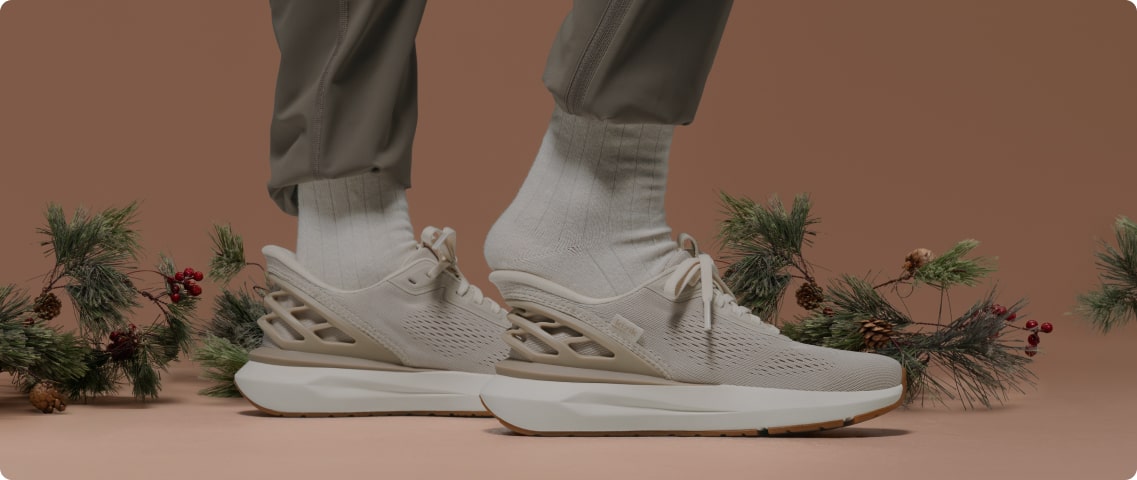
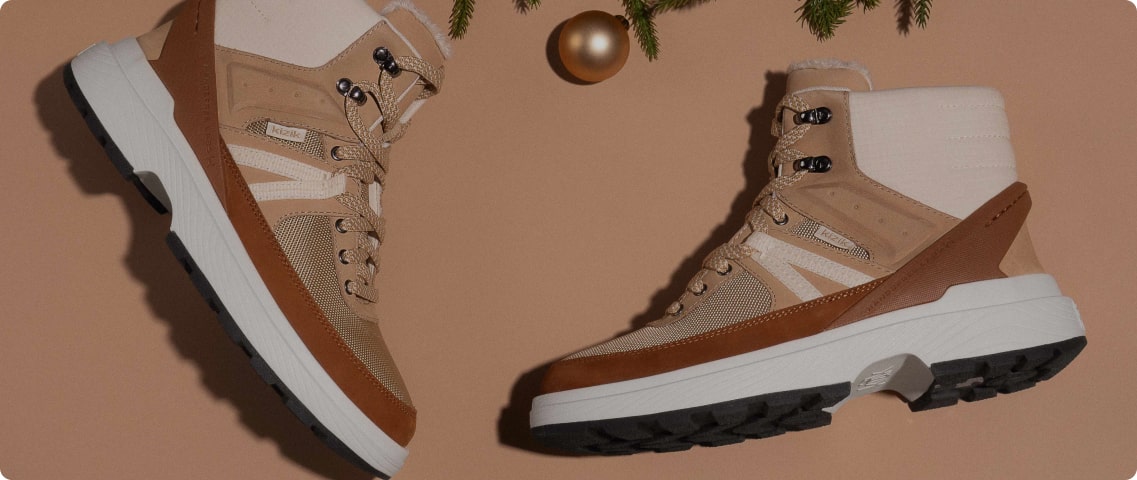
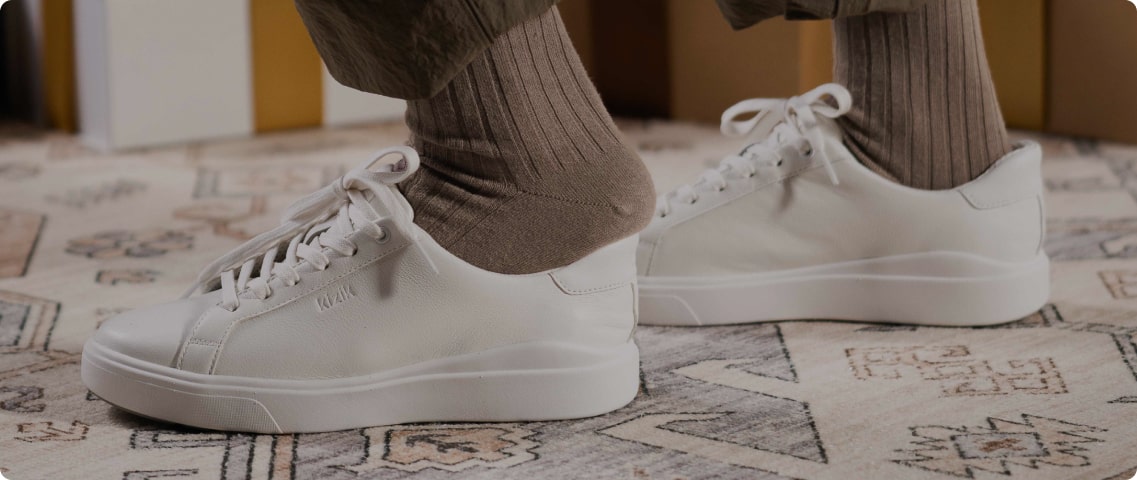
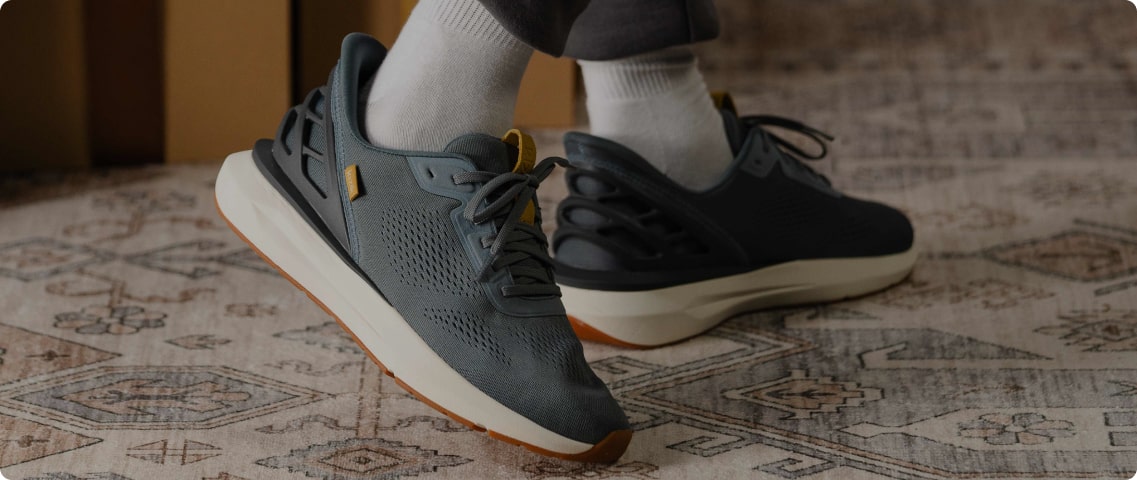
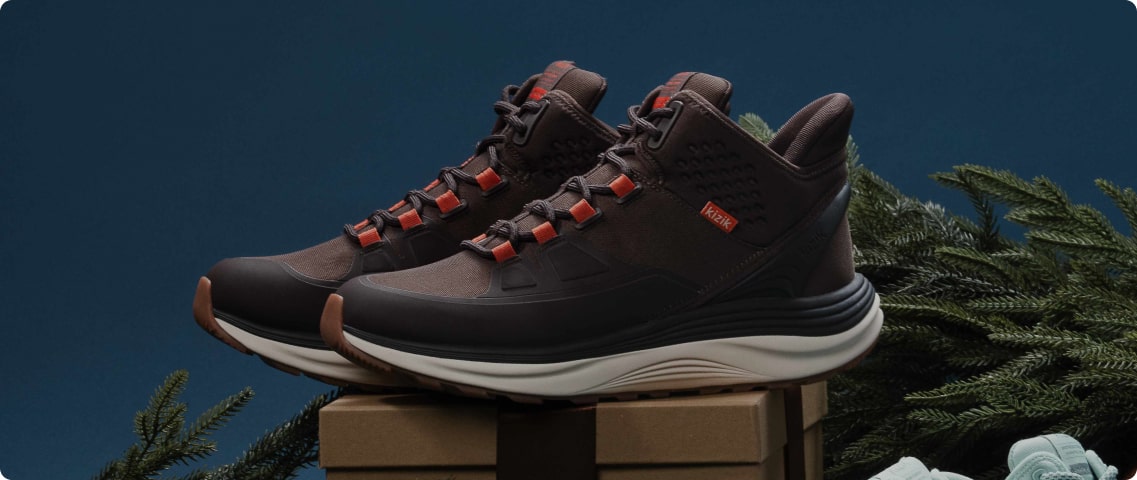
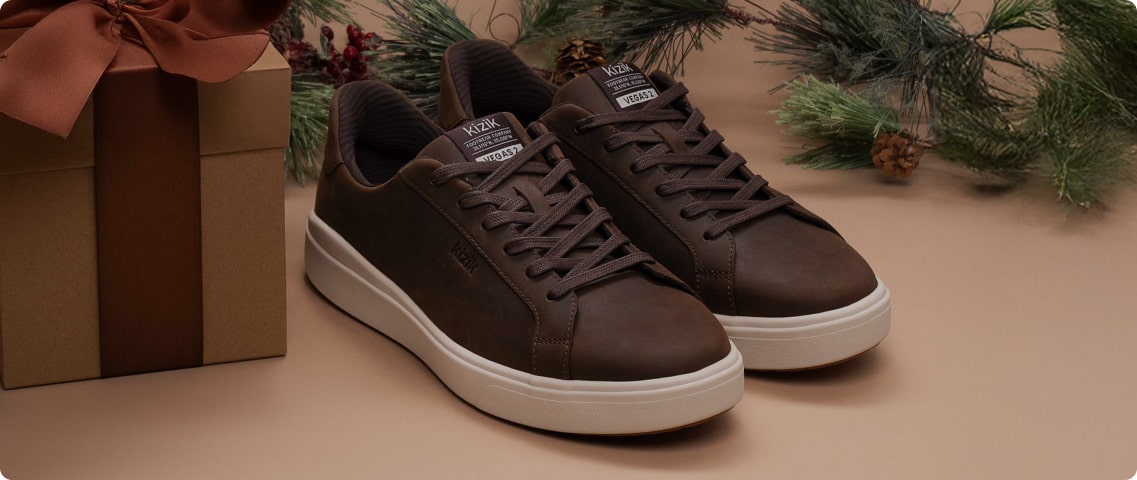
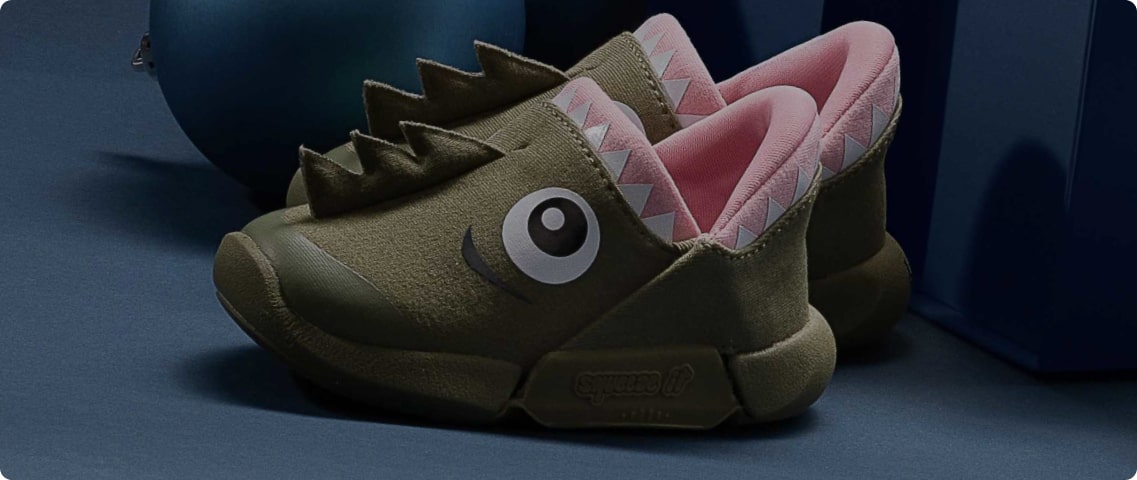
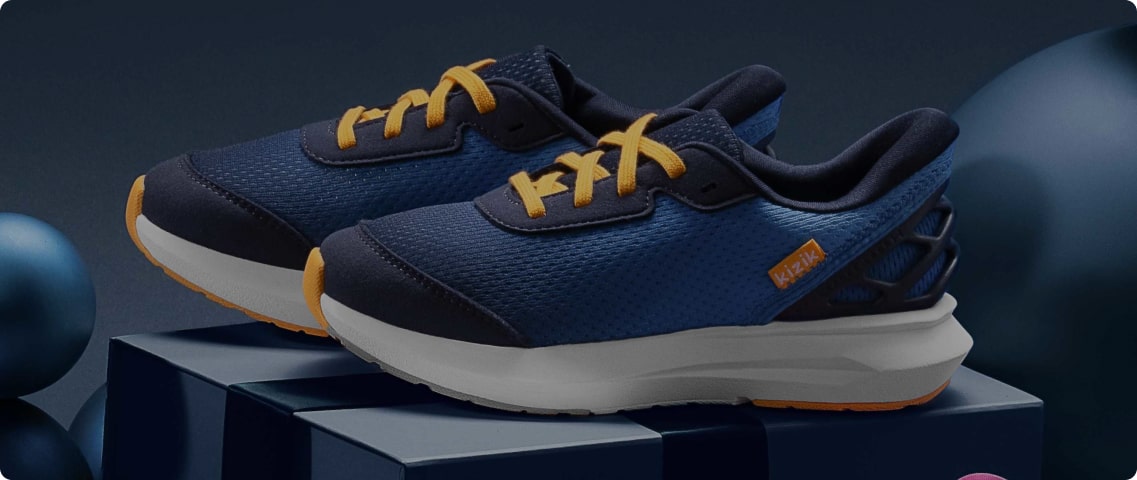
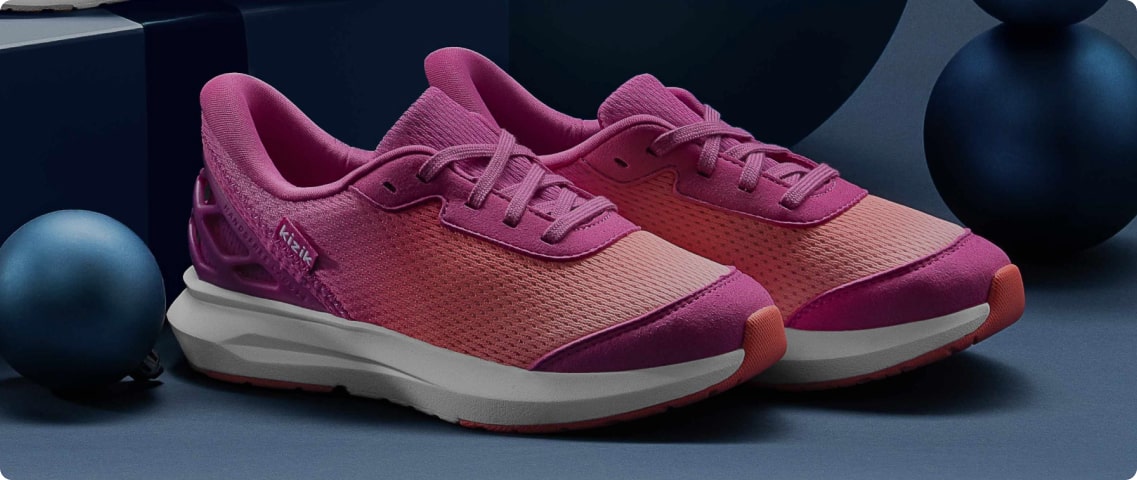




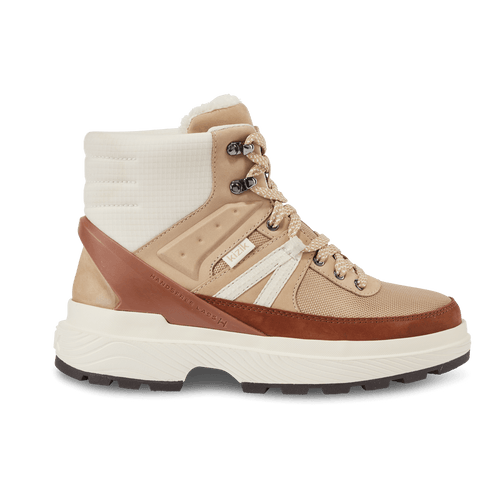
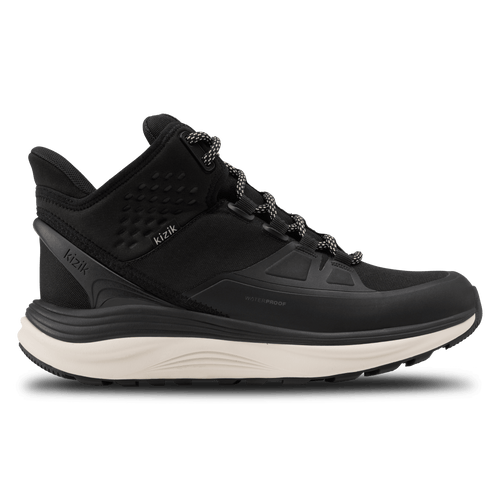





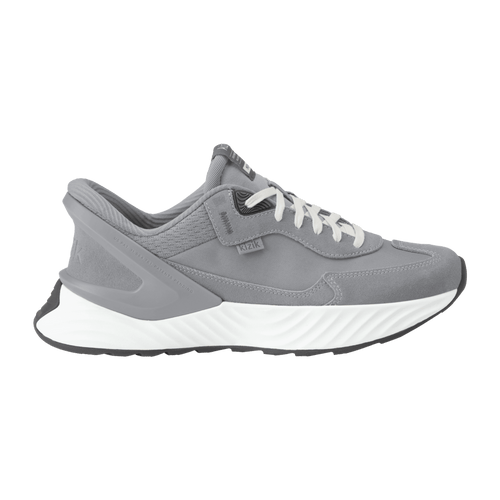


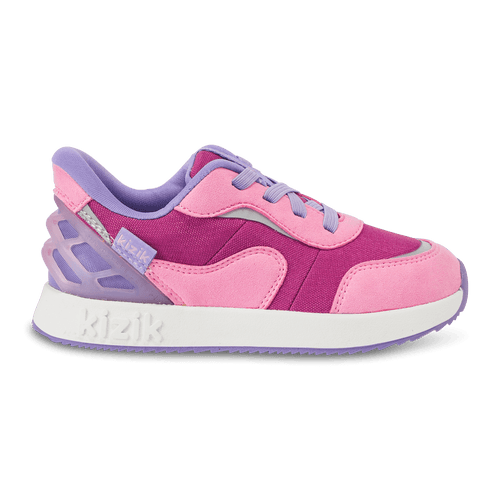

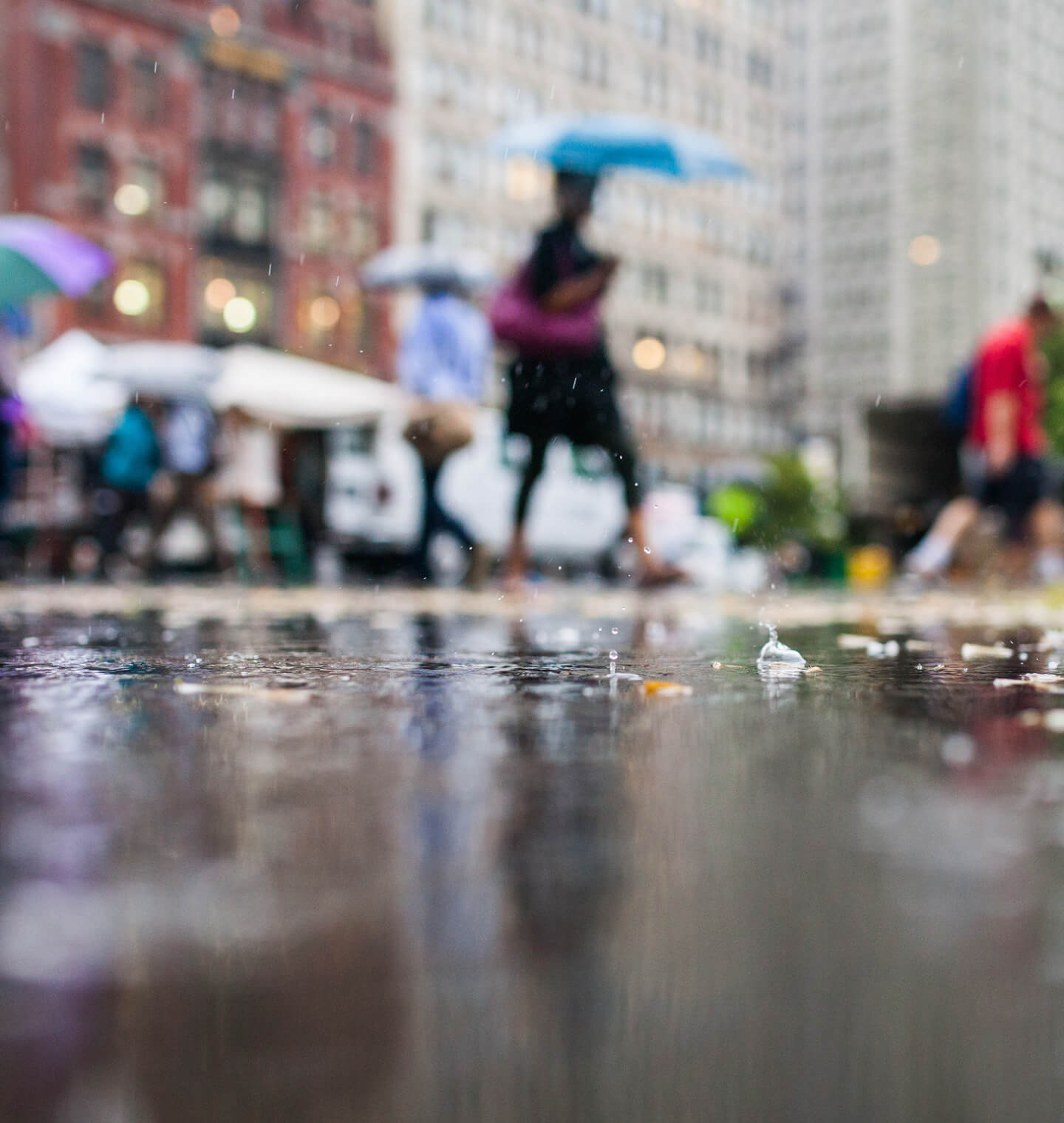
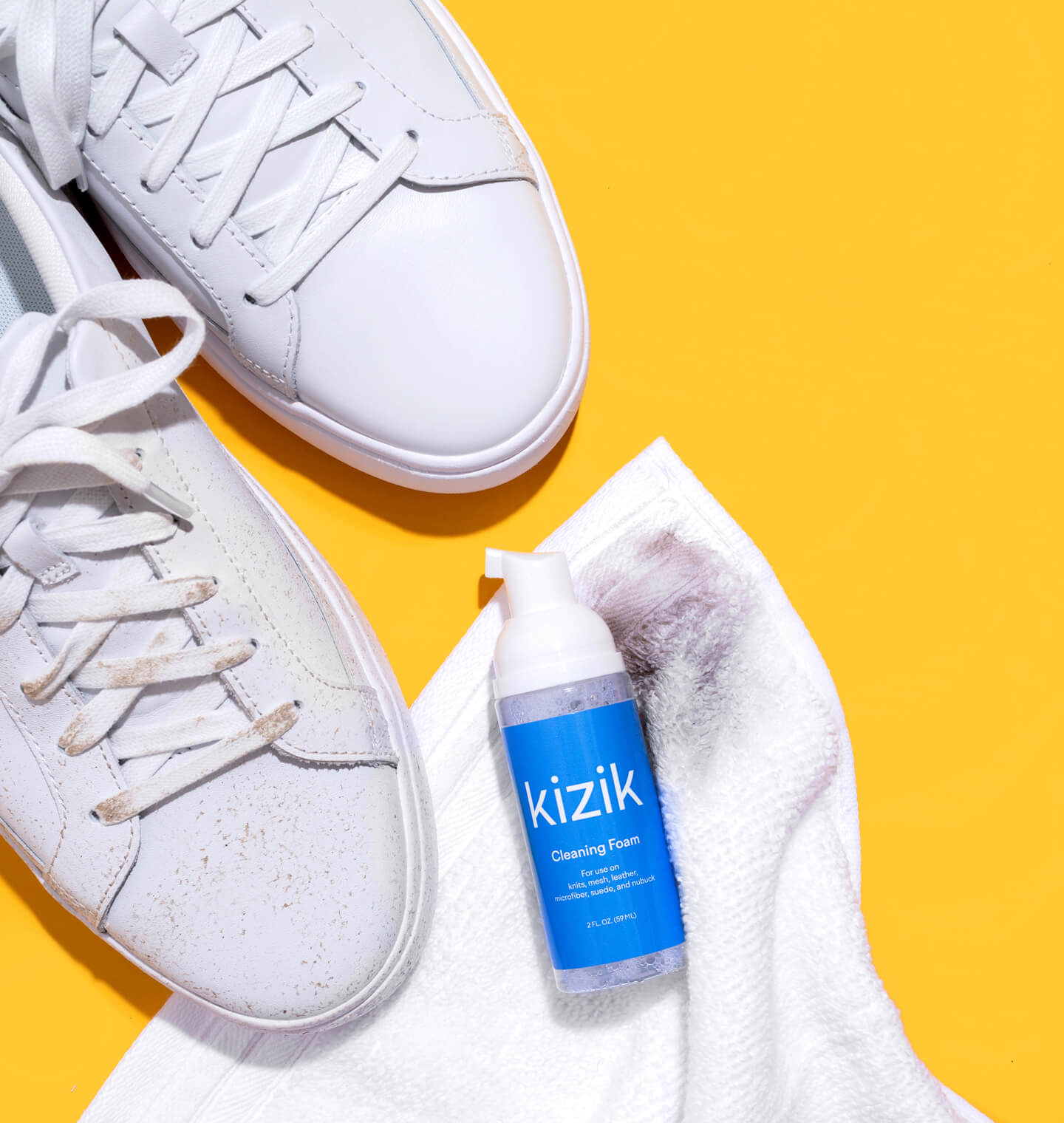

Leave a comment
This site is protected by hCaptcha and the hCaptcha Privacy Policy and Terms of Service apply.